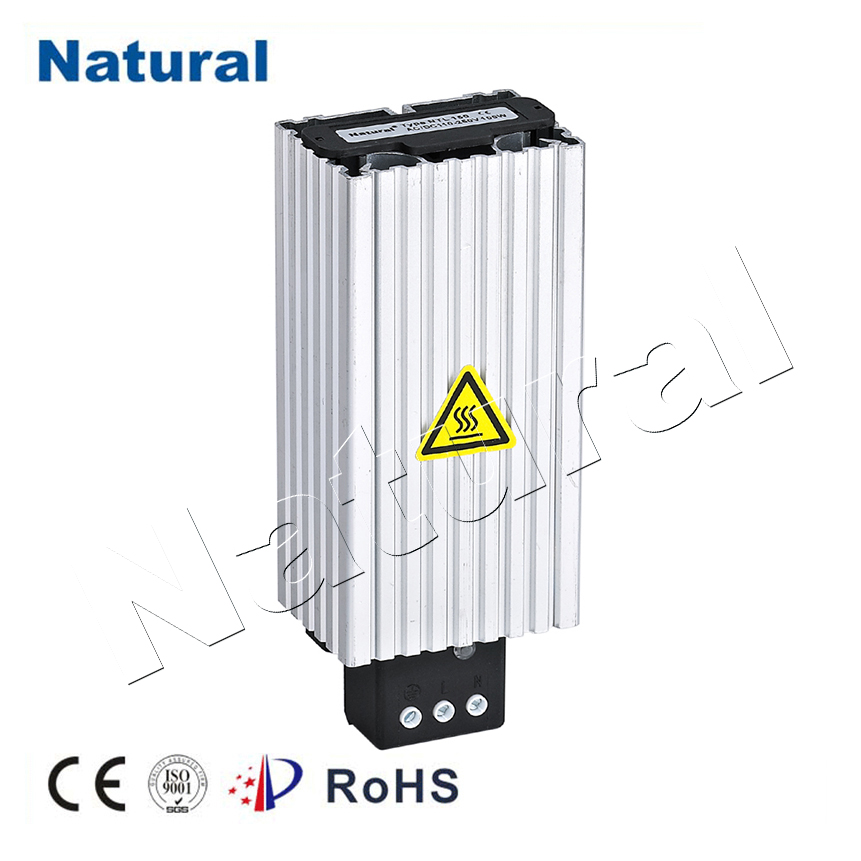Cartridge heaters are essential heating elements widely used in various industrial applications. These small, cylindrical devices provide efficient and controlled heating, making them indispensable in processes that require precise temperature control. In this article, we will explore the fundamentals of cartridge heaters, their applications, and their advantages.

What Are Cartridge Heaters? Cartridge heaters, also known as insertion heaters, are electric heating elements encased in a cylindrical metal sheath. They come in various sizes and wattages, allowing them to fit into tight spaces and deliver the required heat output for specific applications. These heaters are designed for easy installation, with a threaded or flanged end that can be inserted into a hole or cavity in a machine or workpiece. How Do They Work? Cartridge heaters operate on the principle of Joule heating, where electrical resistance within the heater generates heat. The resistance wire is typically made of materials like nickel-chromium (NiCr) or iron-chromium-aluminum (FeCrAl), chosen for their high resistance and durability at elevated temperatures. When an electric current flows through the resistance wire, it encounters resistance, leading to the generation of heat. This heat is transferred to the surrounding environment or the material being heated. Applications of Cartridge Heaters Cartridge heaters find applications across a wide range of industries, owing to their versatility and efficiency. Some common uses include: Plastic Processing:Cartridge heaters are widely used in injection molding, extrusion, and blow molding processes to maintain precise temperatures in molds and barrels, ensuring quality and consistency in the final product. Metalworking:In metal forming and forging applications, cartridge heaters are employed to heat dies and tooling, allowing for easier shaping and reducing material waste. Packaging:Cartridge heaters are used in the packaging industry for sealing and cutting operations, ensuring the efficient production of sealed containers and packaging materials. Aerospace:They play a critical role in aerospace applications, where they are used to heat fluids, sensors, and instruments in extreme conditions. Food and Beverage:Cartridge heaters are used for applications such as heating food processing equipment and maintaining the temperature of fluids in brewing and distilling. Laboratory and Analytical Equipment:They are utilized in analytical instruments, ensuring stable temperatures for accurate measurements and experiments. Advantages of Cartridge Heaters Precision Control:Cartridge heaters offer precise temperature control, making them ideal for applications where maintaining a specific temperature is crucial. Fast Heating:They heat up quickly, minimizing downtime and improving overall process efficiency. Durability:The metal sheath provides protection against mechanical damage and corrosion, ensuring a long service life. Compact Design:Cartridge heaters can be customized to fit into small spaces, making them suitable for a wide range of applications. Energy Efficiency:They convert a high percentage of electrical energy into heat, reducing energy consumption. Conclusion In conclusion, cartridge heaters are versatile heating solutions that find application in numerous industrial processes. Their ability to provide precise and efficient heating, along with their durability and compact design, makes them an indispensable tool for maintaining temperature control in various industries. Whether you are in plastics manufacturing, metalworking, or any other field that requires controlled heating, cartridge heaters are an essential component in achieving consistent and reliable results.